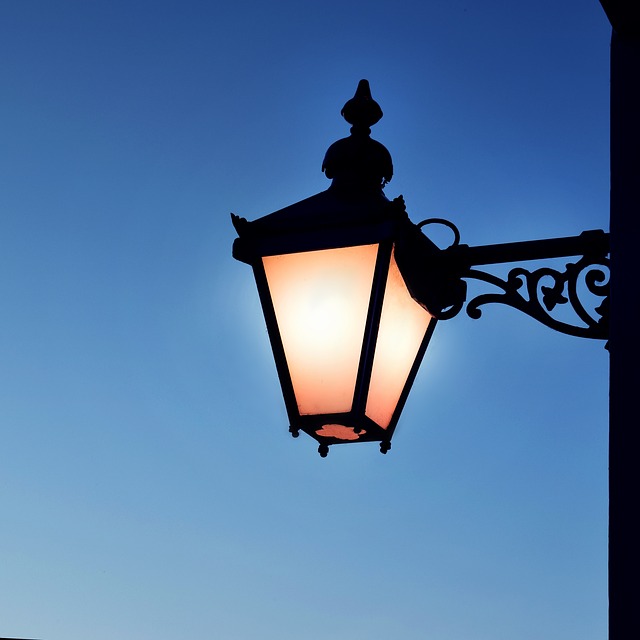
Have you heard of underground feeder cable? It’s used in a wide variety of residential and commercial electrical applications. Like all cables, it consists of multiple conductors. Underground feeder cable, however, can be installed underground. For a better understanding of underground feeder cable, keep reading.
The Basics of Underground Feeder Cable
Underground feeder cable is a type of electrical cable that can be buried underground. It’s typically used to extend the electrical service of a home or building to a device outdoors. Exterior lamps, for instance, are often connected to an underground feeder cable.
Unless an exterior lamp is powered by solar, it will likely require some type of electrical cable. Underground feeder cable can supply an outdoor lamp with electricity. It will run from the adjacent home or building to the outdoor lamp. Underground feeder cable is simply a type of electrical cable that supports direct burial installation.
Common Features of Underground Feeder Cable
As its name suggests, underground feeder cable can be installed underground. You aren’t limited to installing it above ground. While underground feeder cable can, in fact, be installed above ground, it supports direct burial installation as well.
Underground feeder cable is durable. It’s able to withstand direct burial installation without degrading. When installed underground, cable will be exposed to moisture. There’s always moisture in the soil. And without sunlight, it won’t evaporate. Fortunately, moisture isn’t a concern with underground feeder cable. It features a rugged design that allows it to withstand moisture.
UF vs UF-B Underground Feeder Cable: What’s the Difference?
When researching underground feeder cable, you may come across the terms UF and UF-B. They are two of the most common types of underground feeder cable. UF is standard, basic underground feeder cable. UF-B, on the other hand, is an upgraded version of underground feeder cable.
UF-B is an abbreviation for Underground Feeder and Branch Circuit. It’s still considered a type of underground feeder cable, but it’s typically stronger and more durable than its UF counterpart.
Both UF and UF-B underground feeder cable can withstand moisture. UF-B, however, offers a higher level of moisture resistance – as well as corrosion resistance – than UF.
UF-B also offers a higher level of thermal resistance than UF. In other words, it can withstand more warmer and cooler temperatures. This makes UF-B an attractive choice for climates with exceptionally cold winters or hot summers.

